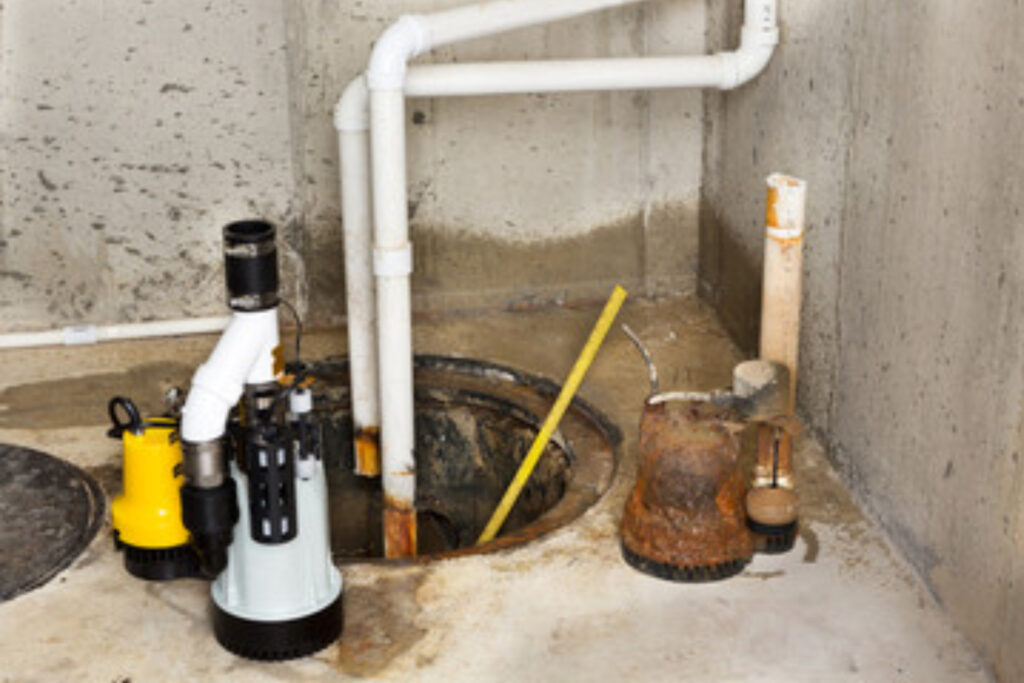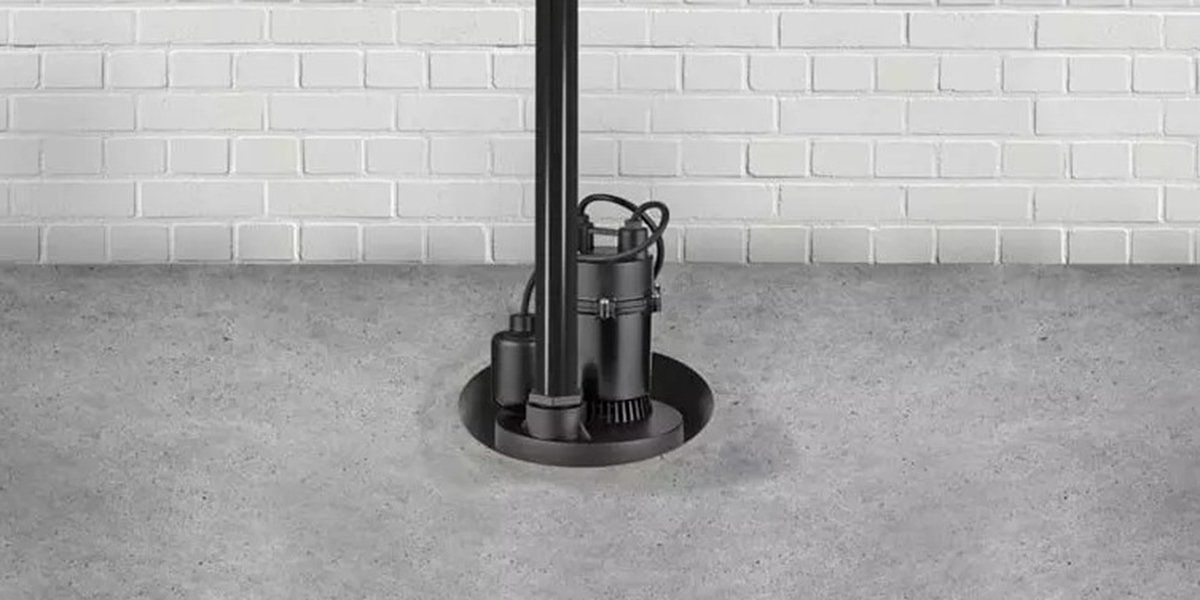Swift Solutions for Maintaining a Sump Pump
Swift Solutions for Maintaining a Sump Pump
Blog Article
This great article further down about How to Care for Your Sump Pump is fairly entertaining. You should give it a look.

Sump pumps are crucial components in lots of homes, specifically in locations vulnerable to flooding or excessive dampness. They aid protect against water damages by successfully removing excess water from cellars or crawl spaces. Nevertheless, like any other home appliance, sump pumps need regular upkeep to ensure they function effectively when needed the most. Cleansing your sump pump is a crucial part of its upkeep, and understanding just how to do it correctly can conserve you from pricey repair services and prospective catastrophes.
Introduction
Keeping a tidy sump pump is important for its proper functioning and long life. Ignoring this crucial job can bring about clogs, malfunctions, and eventually, water damages to your building. For that reason, finding out just how to cleanse a sump pump is essential for homeowners that rely on these devices to maintain their basements completely dry and safeguarded.
Comprehending the Sump Pump
Before diving into the cleansing process, it's essential to have a basic understanding of exactly how a sump pump functions. Usually installed in a pit or basin listed below the basement floor, a sump pump contains several crucial parts, including a pump, a float switch, and a discharge pipeline. When water gathers in the pit, the float switch activates the pump, which then pumps the water out via the discharge pipe, far from the structure's structure.
Signs of a Dirty Sump Pump
Recognizing when your sump pump needs cleansing is crucial for protecting against potential breakdowns. Some common indicators that show a filthy sump pump include strange sounds during procedure, lowered water circulation, and noticeable debris in the pit. If you see any one of these signs and symptoms, it's vital to cleanse your sump pump quickly to avoid any kind of further issues.
Planning for Cleansing
Before you begin cleaning your sump pump, it's essential to take some security precautions. Beginning by shutting off the power to the pump to avoid any kind of electrical accidents. Furthermore, use suitable protective gear, such as handwear covers and safety glasses, to secure yourself from dirt, debris, and potential microorganisms.
Step-by-step Guide to Cleaning Up a Sump Pump
Turning off the Power
Begin by disconnecting the power supply to the sump pump to prevent any kind of mishaps while cleansing.
Getting Rid Of Debris and Dirt
Use a container or a scoop to get rid of any type of noticeable particles, dirt, or sediment from the sump pit. Dispose of the debris correctly to prevent it from blocking the pump or the discharge pipeline.
Cleaning up the Pump and Drift Switch
When the pit is clear of particles, thoroughly remove the pump from the pit. Evaluate the pump and the float switch for any kind of indicators of damages or wear. Utilize a soft brush or fabric to cleanse the surface areas and get rid of any collected gunk.
Purging the System
After cleaning up the pump and float button, flush the sump pit with tidy water to remove any continuing to be dirt or sediment. This will certainly help ensure that the pump runs efficiently and effectively.
Checking for Proper Functioning
Prior to reinstalling the pump, execute a quick test to make certain that the float switch turns on the pump appropriately. Pour some water into the sump pit and observe the pump's procedure. If every little thing is working appropriately, you can reconstruct the pump and reconnect the power supply.
Upkeep Tips to Keep Your Sump Pump Clean
Along with routine cleansing, there are numerous upkeep suggestions you can comply with to keep your sump pump in optimum condition:
Conclusion
Cleansing your sump pump is an essential element of its maintenance and makes sure that it operates efficiently when you need it one of the most. By complying with the actions detailed in this overview and incorporating routine maintenance into your routine, you can expand the life expectancy of your sump pump and shield your home from water damages.
6 STEPS ON HOW TO CLEAN A SUMP PUMP PROPERLY
UNDERSTANDING SUMP PUMPS
Your sump pump plays a crucial role in protecting your home by managing and removing excess water. It primarily functions as a “shield”, guarding your basement against the damaging effects of water accumulation. The pump is housed in a sump pit in the lowest part of your basement, and its job is to pump out any water that collects there.
During heavy rainfalls or when snow melts rapidly, water can infiltrate your basement, posing potential risks like flooding, structural damage, and harmful mold growth. Here, the sump pump springs into action, pumping out the intruding water and directing it away from your home.
SAFETY FIRST
Before cleaning, remember to prioritize safety. Disconnect the sump pump from the power source to prevent any accidental electric shocks. Also, wear sturdy gloves to protect your hands from any sharp or dirty components within the pump.
REMOVE THE SUMP PUMP
After ensuring your safety, the next step is to remove the sump pump from its pit. Doing this might require careful maneuvering as you don’t want to damage any pump components. Once removed, clean the sump pit to remove any accumulated debris or sludge.
INSPECT THE PUMP
Inspect the pump for any visible signs of wear or damage. Check the power cord, float switch, and impeller housing. If any components look worn out or damaged, consider replacing them to ensure optimal performance.
CLEAN THE PUMP
Thoroughly clean the pump with warm, soapy water. Make sure to rid it of any dirt, gravel, or other debris that might impede its performance. You can use a toothbrush to clean the small, hard-to-reach parts of the pump.
REINSTALL THE SUMP PUMP
Reinstall the pump into the sump pit Make sure it’s positioned correctly to remove the water effectively Once it’s back in place, reconnect it to the power source TEST THE PUMP
Finally, pour some water into the pit to ensure the pump works correctly. It should start automatically and begin pumping out the water; if it doesn’t, check the power source and the positioning of the pump.
Remember, while cleaning your sump pump is an essential part of home maintenance, hiring a professional plumber for a thorough inspection and cleaning at least once a year is also important. This will ensure that your pump is in optimal condition, ready to protect your home from potential water damage.
BEST PRACTICES FOR CLEANING SUMP PUMP DISCHARGE PIPES
Regular Inspection: Regularly inspect your discharge pipes, especially during heavy rainfall or snowmelt periods. Look for any signs of blockage or damage. Early detection of problems can prevent serious issues down the line. Periodic Cleaning: Over time, sediment and debris can accumulate in the discharge pipes, impeding the flow of water. Regular cleaning helps keep the pipes clear and functioning efficiently. You can use a high-pressure water jet to effectively clean the pipes. Insulation During Winter: In colder climates, discharge pipes can freeze, blocking the outflow of water. Protect your discharge pipes from freezing temperatures by insulating them with foam pipe insulation. This will ensure the sump pump can continue to discharge water even in freezing conditions. Proper Positioning: The discharge pipe should be positioned to direct water away from your home’s foundation. Improper positioning can lead to water seeping back into the basement. Ensure the pipe is long enough and angled correctly. Installation of a Check Valve: A check valve prevents water from flowing back into your sump pit after the pump has pushed it out. Installing a check valve helps maintain the efficiency of your sump pump and reduces the risk of flooding. Minimize Pipe Turns: Every curve or turn in the discharge pipe can decrease the efficiency of water flow. By minimizing turns and bends in your discharge pipe, you can increase the efficiency of your sump pump. https://www.fullspeedplumbing.com/how-to-clean-a-sump-pump-properly9999/

Do you appreciate more info about How To Effectively Clean A Sump Pump? Write a remark down the page. We'd be pleased to hear your responses about this page. Hoping that you visit us again in the future. Sharing is good. You never know, you might be doing someone a favor. I praise you for your time. Return soon.
Call Today Report this page